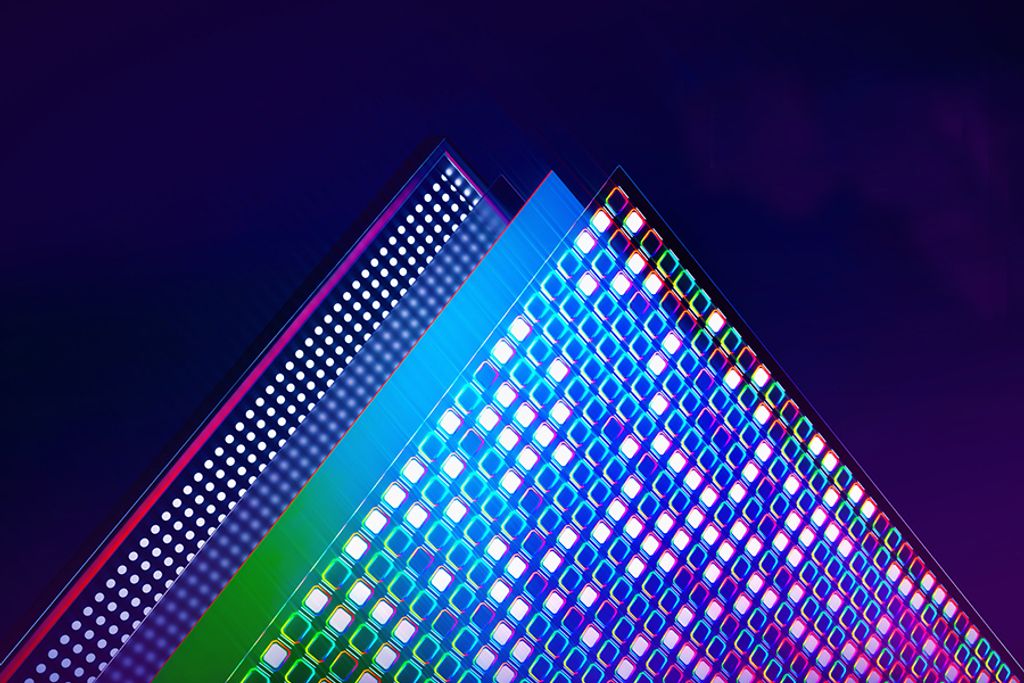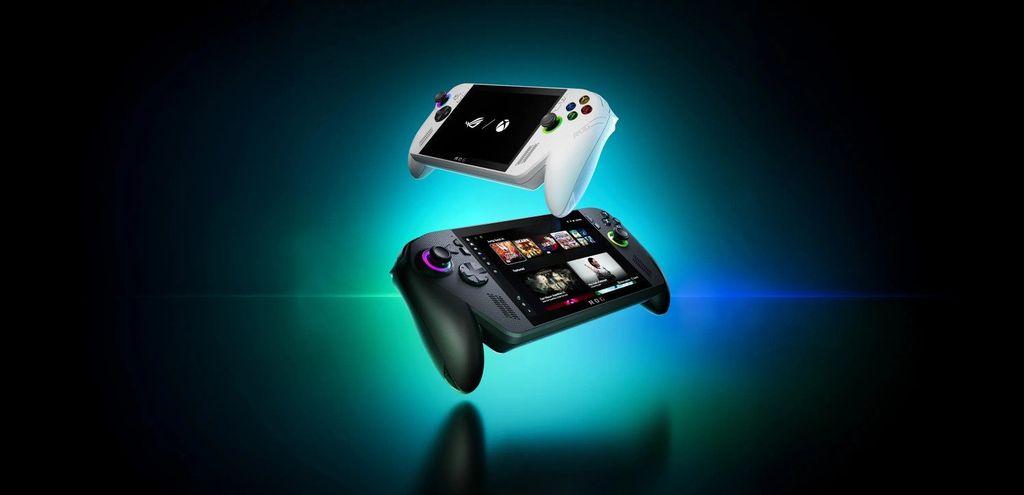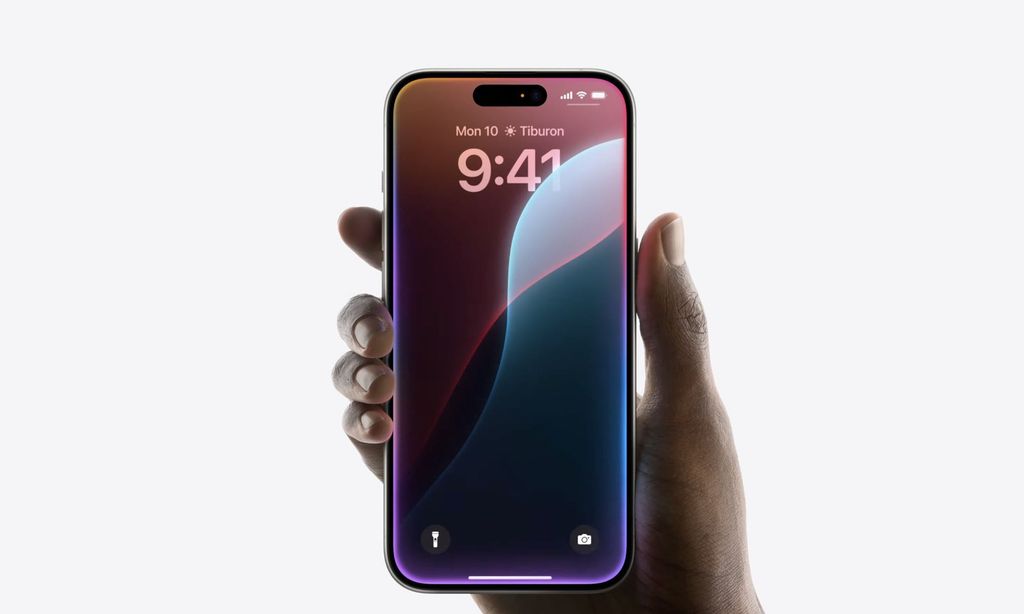
Samsung Display wants to take another step towards more efficient and durable QD-OLED panels. The company has just announced a collaboration with Japanese TSK Corp. on a completely new material for blue OLED subpixels — one that could solve one of the biggest problems of this technology.
End of palladium? The Japanese propose a catalyst… made from iron
Today, palladium is commonly used in the production of blue OLEDs. The problem is that:
palladium is extremely rare,
it comes almost exclusively from Russia and South Africa,
it is very expensive,
and its extraction causes enormous environmental damage.
TSK claims it has an alternative: a proprietary chemical process that uses ordinary iron as a catalyst. Iron is cheap, widely available, and much more environmentally friendly. Most importantly, this method aims to simplify the production of blue OLED materials and allow for the creation of molecular structures that were previously… practically unattainable using palladium.
Better performance, greater durability, simpler production?
According to TSK, new iron-based compounds have outperformed classic palladium materials in initial tests — both in terms of efficiency and quality. It's no wonder that Samsung Display has taken an interest.
The two companies have started collaborating on:
host materials,
electron-blocking materials
necessary for the construction of efficient, stable blue subpixels.
And it is precisely the blue OLED that has been the Achilles' heel of the entire technology for years — it lasts shorter, ages faster, and lags behind red and green in energy efficiency. If Samsung and TSK manage to achieve better stability, it could mean:
significantly longer lifespan for OLED panels,
higher brightness,
lower risk of burn-in,
and simpler production of QD-OLED.
The companies have already published a joint scientific article — this is the first step towards commercialisation.
The race for the perfect blue OLED accelerates
Samsung and TSK are not the only ones. At the beginning of the year, scientists from Cambridge and Manchester described a new material type oxadiazine, which also has the potential to significantly lower costs and improve the efficiency of blue OLED pixels. This is a clear signal that the industry has started to prioritise the "blue OLED problem" — and each subsequent innovation could bring us closer to screens that are brighter, more durable, and even more energy-efficient.
 Katarzyna Petru
Katarzyna Petru











